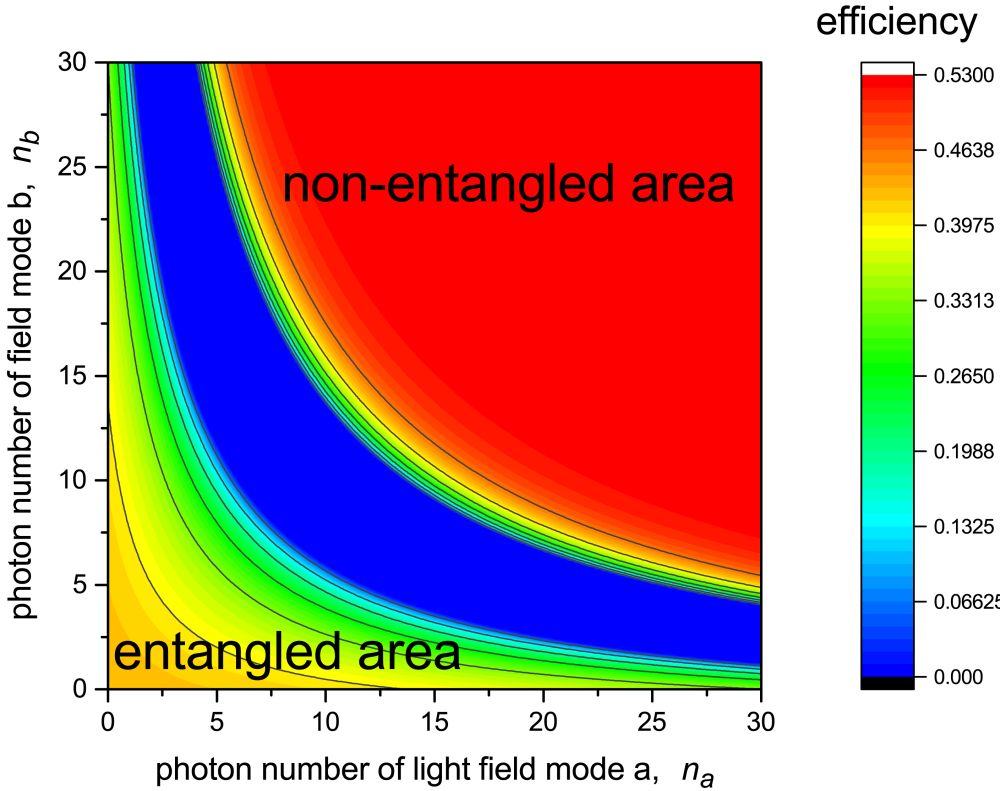EPJ D Highlight - Quantum manipulation power for quantum information processing gets a boost
- Details
- Published on 26 September 2017

Improving the efficiency of quantum heat engines involves reducing the number of photons in a cavity, ultimately impacting quantum manipulation power
Traditionally, heat engines produce heat from the exchange between high-temperature and low-temperature baths. Now, imagine a heat engine that operates at quantum scale, and a system made up of an atom interacting with light (photons) confined in a reflective cavity of sub-atomic dimensions. This setup can either be at a high or low temperature, emulating the two baths found in conventional heat engines. Controlling the parameters influencing how such quantum heat engine models work could dramatically increase our power to manipulate the quantum states of the coupled atom-cavity, and accelerate our ability to process quantum information. In order for this to work, we have to find new ways of improving the efficiency of quantum heat engines. In a study published in EPJ D, Kai-Wei Sun and colleagues from Beihang University, Beijing, China, show methods for controlling the output power and efficiency of a quantum thermal engine based on the two-atom cavity. In the familiar heat engine model at macroscopic scale, referred to as the Carnot heat engine, the efficiency increases as a function of the ratio between the temperatures of the low-and high-temperature baths. By comparison, the efficiency of two-level quantum heat engines is related to the level of quantum entanglement in these two states, which are either at a low or a high temperature, and display the same probability of being occupied.
The authors found that their heat engine model only yields high efficiency and output power when the number of photons involved is small; accordingly, its efficiency and power output rapidly decrease as the number of photons increases. This implies the need to reduce the number of photons to improve the efficiency of these engines, so that we can increase the quantum manipulation power and realise quantum information processing based on atom-cavity systems.
K.W. Sun, R. Li, G.-F. Zhang (2017), A Quantum Heat Engine Based on the Tavis-Cummings Model, European Physical Journal D, DOI: 10.1140/epjd/e2017-80101-3





